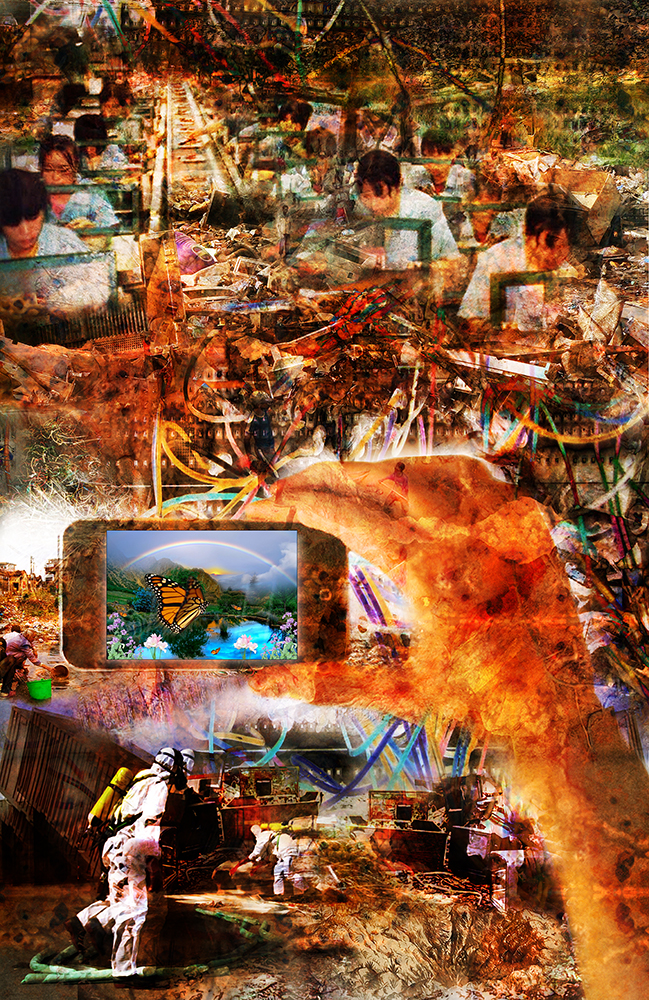
eWaste
2014
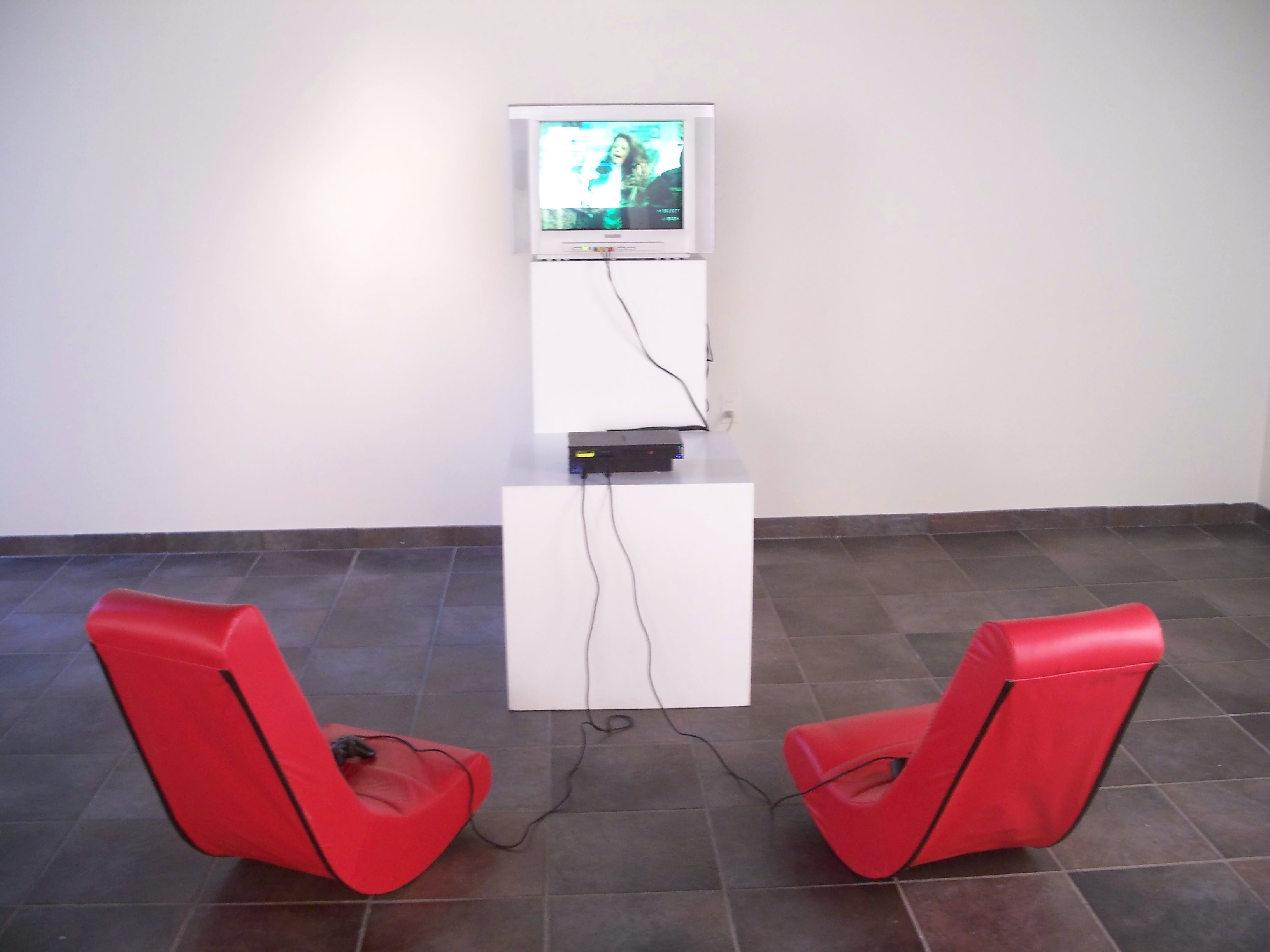 Ps4
Ps4
2008 – 2011
“Kids in Congo were being sent down mines to die so that kids in Europe and America could kill imaginary aliens in their living rooms.” – Oona King, former member of the British Parliament.
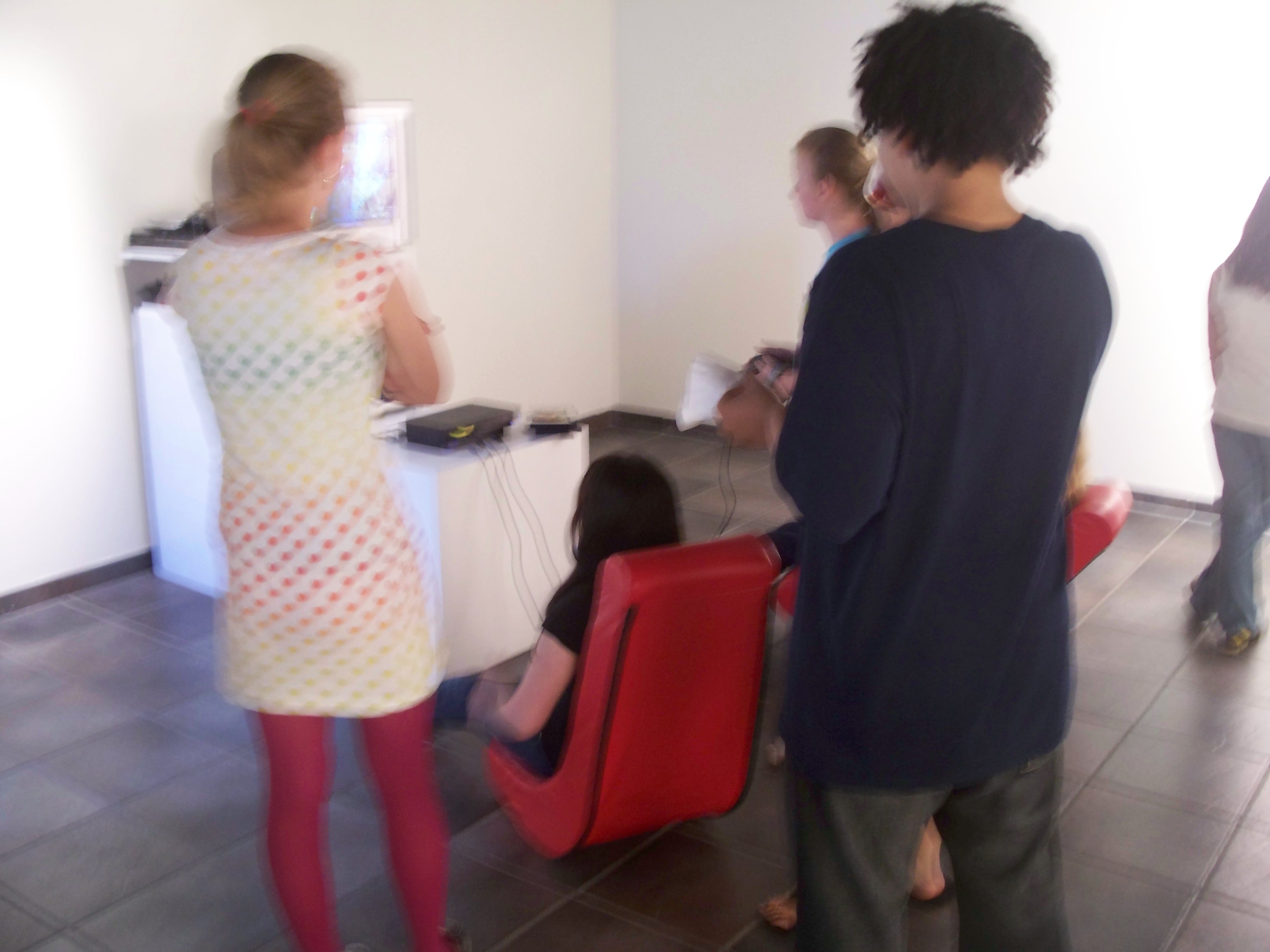
For over a decade, war has ravaged the Democratic Republic of the Congo (DRC). Fueled, in part, by an intense demand for natural resources, the war has claimed over 5 million lives. Coltan (Columbite-tantalite), a metallic ore from which the element tantalum is extracted, is one of the DRC’s most sought after resources. Tantalum is widely used in common electronic devices such as cell phones, computers and video game consoles.
Ps4 is an interactive video mash-up that juxtaposes documentary video footage with live video gameplay. Though initially conceptualized in response to reports of Sony’s large stake in the DRC’s bloody coltan trade during the production of its Playstation 2, Ps4’s playlist has since expanded to look at a variety of issues. On a general level, Ps4 explores the potentially alienating effects of gaming by derailing the seamless gameplay experience and offering a problematic and politicized view of so-called “immersive” leisure activities.
Documentary footage,”Congo’s Bloody Coltan” Produced by, and used with permission from, thePulitzer Center.
Publications
En plein air: No Man’s Land | 2011
Medium: Faux oil paintings – inkjet on stretched canvas
En plein air: No Man’s Land is a series of faux oil paintings made from desktop wallpapers of U.S. National Parks downloaded from the National Geographic website.
For the artist, the series represents an ongoing interest in authorship and appropriation, as well as the relationship between ecological catastrophe, the age of technological simulation and the fatalism of popular representations of nature that fail to envision how humans may possibly fit into a landscape without first destroying it.
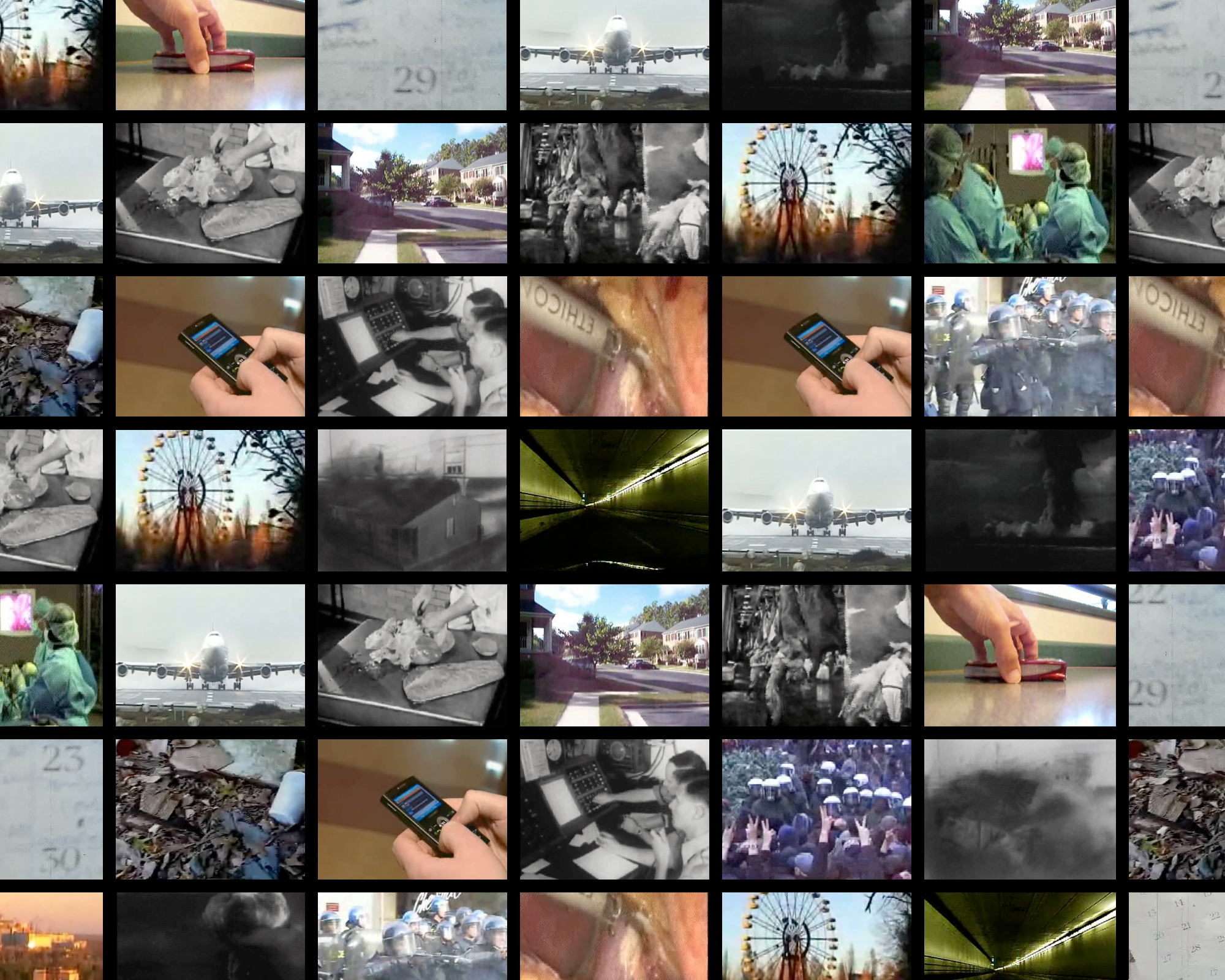
Launch project: (Dis)Location, (Dis)Connection, (Dis)Embodiment
(Dis)Location, (Dis)Connection, (Dis)Embodiment is a collective experiment in database video and random access narrative. The installation is the work of many artists, each responsible for thirty seconds of video attempting to engage with paradoxes of digital culture and 21st. century communications. The installation consists of a database containing the media contributions of each artist. A computer randomly retrieves video and audio and juxtaposes the media fragments in ten-second intervals on three projected screens and three stereo output systems. The process provides an endlessly randomized deconstruction and reconstruction of narrative and associative imagery in which meaning simultaneously forms and dissolves and the usual stabilities of conventional video are put in flux.
Project concept: Mark Cooley and Edgar Endress
Project architecture: Mark Cooley
Participating Artists:
Jacqueline Aceto, Jenifer Ashcroft, George Baker, Brigitte Balla, Sean Blackford, Said Boissiere, Bridget Borley, Juan Botero, Tara Bowen, Lindsey Burnett, Nicholas Carson, Luis Cavero, Robert Cowling, Brian Dang, Daniel Dean, Jessica Engel, Jennifer Fairfax, Jennifer Farris, Emmanuel Freeman, Jessica Gibson, Lance Gunther, Tyler Harris, Moises Herrera, Franklin Hwang, Maurice James, Andrew Ke, Arthur King, Julie Koziski, Peter Lawrence, Chongha Lee, Andrew Meinecke, Michael Merrill, Aaron Miller, Eli Mintzer, Julia Moscato, Nichole Mosher, Sarah Newdorf, Brent Nieder, Kelvin Olayinka, Adrian Peters, Jose Ruiz, Sorphea Sam, Michael Sargent, Nelly Sarkissian, Paul Sauter, Christina Schnittker, Matthew Searle, Alex Straub, Aisha Syed, Mohamed Talaat, Eric Tsai, Sean Watkins, Nestor Zerpa, Yerden Zikibayev

The Field museum of Art
2007
This museum, its exhibitions, the artists, the art are all fictions – as it is with all museums, exhibitions, artists and art. This particular fiction is constructed as a sort of museum mash-up wherein a Fine Art Museum is constructed on the bones of a decayed Natural History Museum site – specifically, the Chicago Field Museum website was used as a template.
The Field Museum of Art site provides a stage for performing romantic and modernist attitudes toward this concept we call nature and for tracing how this concept – nature – and the living things and planetary systems it’s tied to, are changing in response to media and communications technologies. Of particular interest is the relationship between hyperreality and species extinction – investigating that relationship and marking out the real differences between a pulsing LED and a pulsing vein are primary concerns of The Field Museum of Art.
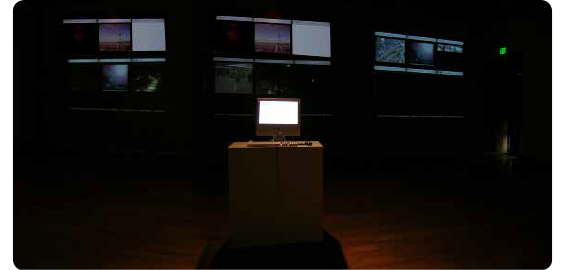
Dear Internet
2007
project documentation
by Mark Cooley and Edgar Endress.
Connection, dislocation, fear, communication, fragmentation, collectivity, intimacy, disembodiment are all possible and often simultaneously present in our attempts to interact with others online and off. Dear Internet is an experiment in collective publishing that attempts to investigate how networked technologies become platforms for the paradoxes of social relations in digital culture.

Dear Internet began in 2006 as a kind of inversion of the security and authoring conventions of blogs and blogging. Dear Internet was set up as an unmediated publishing platform where users were urged to address the Internet directly and indulge in their deepest thoughts, feelings and fantasies with the abandonment, comfort and protection that only online anonymity can provide. Initially, letters rendered some interesting aspects of the complex relationships, or lack thereof, we have with the humans of the world. Sadly, but perhaps fittingly, contributions waned and the automated publishing platform gave way to spam. The blog is now an archive of spam email and seems to be establishing a “purely” networked identity – blissfully free from the messy and complex emotive states of humanity.
2009 update: blogger detected and removed the Dear Internet blog for violating blogger’s terms of service agreement.
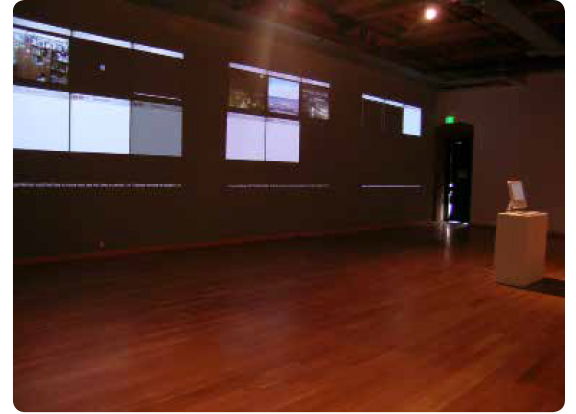
The first wave of human contributions to Dear Internet were presented at MAP in 2007. Installation Notes: